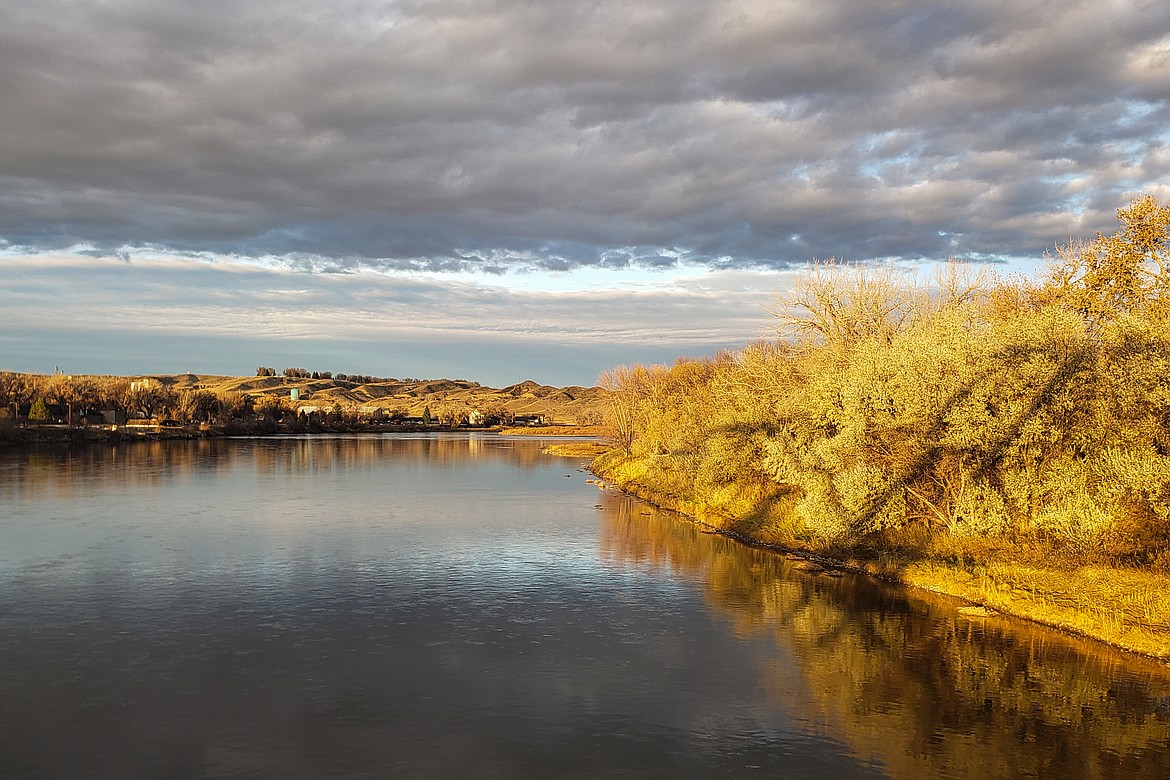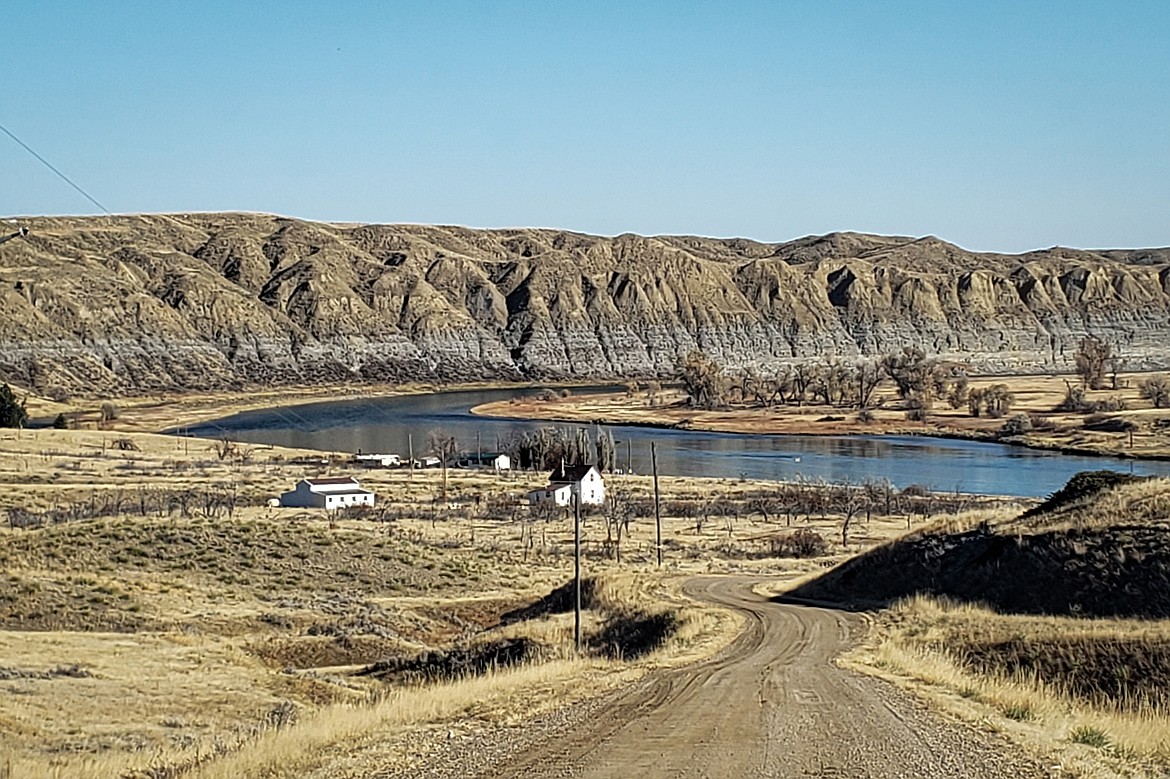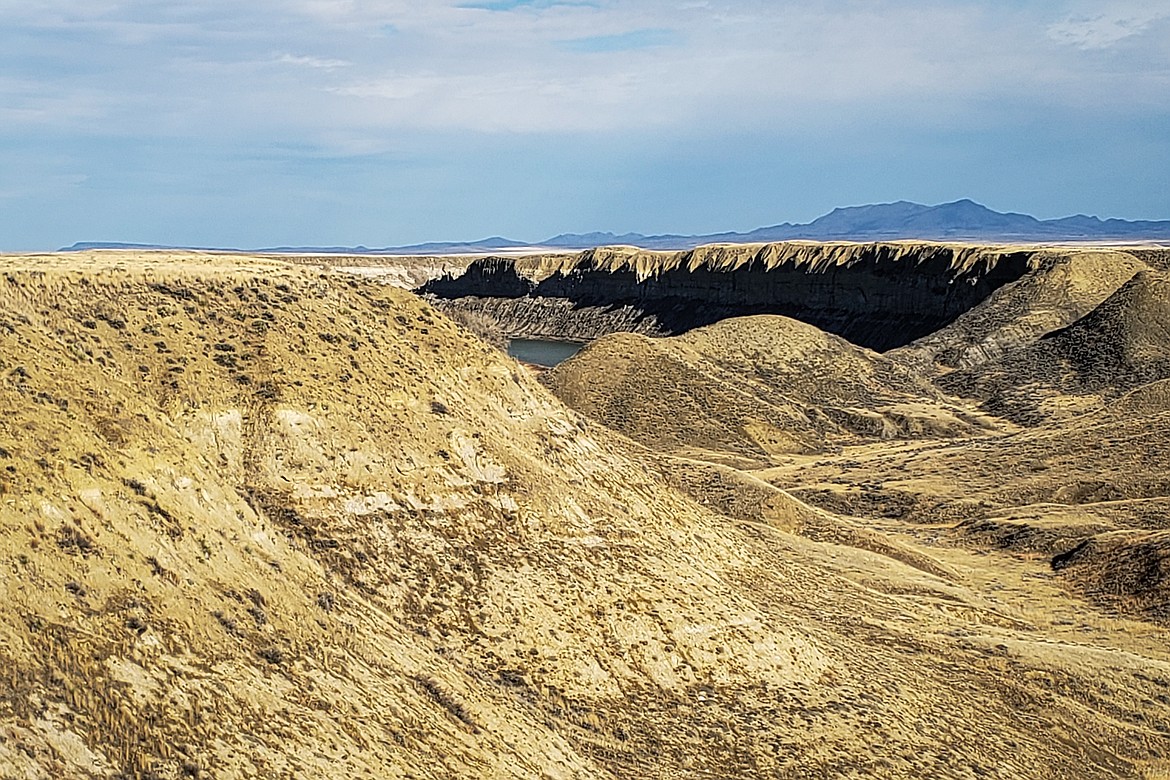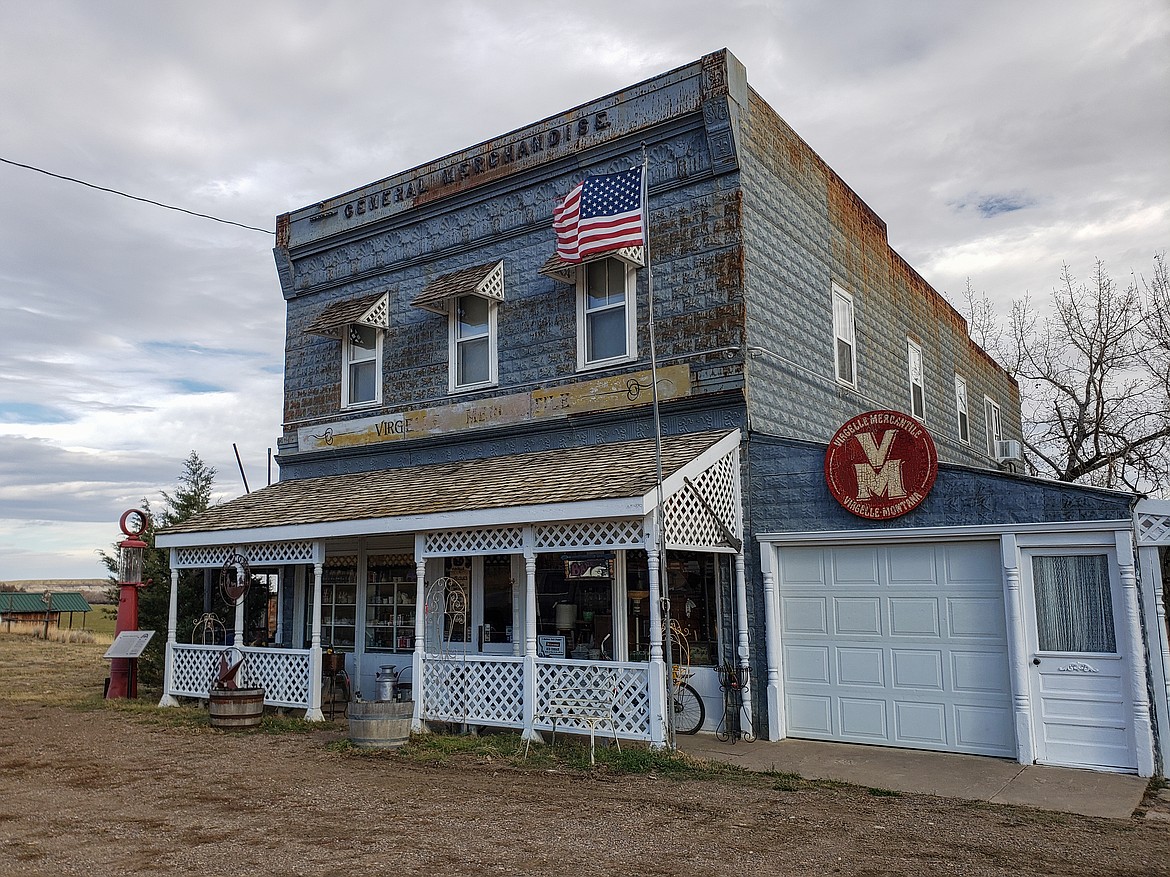‘High, wide and handsome’ A historical and scenic take on the Missouri Breaks
If you sketch a few long, wavy lines across a blank page, thread a river and stretches of fence line through the middle and brush a broad watercolor of sky across the top, you’d have something loosely resembling how Missouri Breaks country looks from the road.
With wide-open spaces whipped by the whims of the wind, this arc of landscape on the Rocky Mountain Front is my kind of country...
Support Local News
You have read all of your free articles this month. Select a plan below to start your subscription today.
Already a subscriber? Login
Daily Inter Lake - everything
Print delivery, e-edition and unlimited website access
- $26.24 per month
Daily Inter Lake - unlimited website access
- $9.95 per month








